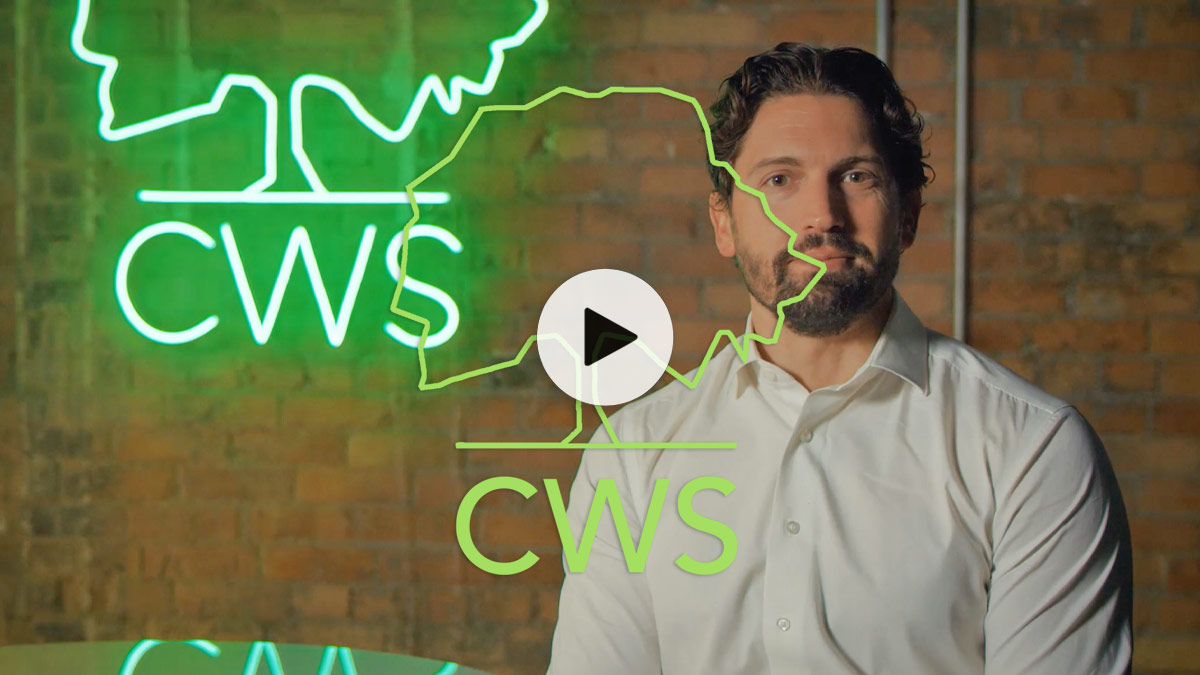transcript below
Hi everyone, welcome to another edition of the CWS Education Series. Today we’re talking about: Alternative Investments. What are they, how do they work and what’s different about them? These types of investments include:
- Private Real Estate
- Private Debt (Bonds)
- Hedge Funds
- Commodities
- Currencies
You’ll notice some of these you may already have like Private Real Estate. Think of an investment property, commercial building or your home. As part of the Insight FORMula and our total-picture approach, all of your assets have a place in your financial picture. We approach alternatives like we do all investments: there is no one-size-fits all solution, it has to fit within your specific goals and objectives. As independent advisors however, we have access to a wider array of investment solutions in this space.
While there aren’t yet many signs of a big downturn coming, it may be a great time to lock in profits, for not if but when markets get volatile. Take Hedge Funds for example: you can think of them pretty literally as a “hedge” against a large drop in the markets. Historically they’ve only captured about 19% or ~1/5th of that downside. That makes a big difference in times like 2000 or 2008; but the flip side is they only capture about 52% of the upside.i
Another example is Private Equity and Private Debt. The number of publically traded U.S. companies has dropped nearly 50% from the peak in 1996 at 8,000 companies to ~4,000 today. Yet there are roughly 6 million private companies (by comparison) in the U.S. alone; about 1/3rd of which have more than 100 employees.ii That’s a much bigger market to invest in and is more accessible now than ever before. Another example: Private debt, behaves much differently than bonds in the public markets like Treasuries and even Corporate Bonds. Because Private Debt managers don’t (necessarily) have to track an index, they can be more thoughtful and deliberate in which investments to pursue. In some cases the risk exposure is actually less than what’s available in a regular bond-fund for example.
At the end of the day, none of these examples should be considered a panacea, but it’s part of our process to provide access to unique opportunities for both growth and protection. Thank you for joining us today!
Disclaimer: Alternative investments, such as hedge funds, private capital/private debt funds and private real estate funds, are not suitable for all investors and are only open to “accredited” or “qualified” investors within the meaning of the U.S. securities laws. They are speculative, highly illiquid, and are designed for long-term investment, and not as trading vehicles. There is no assurance that any investment strategy will be successful or that the strategy will achieve its intended objective. Investments in these strategies entail significant risks, volatility and capital loss including the loss of the entire amount invested. They are intended for qualified, financially sophisticated investors who can bear the risks associated with these investments. Investors should read the offering documents prior to investing.
Information has been obtained from sources believed to be reliable, but is not guaranteed. The opinions and predictions expressed are those of the author solely and not necessarily the opinions or expectations of Cottonwood Wealth Strategies. No predictions or forecasts can be guaranteed.
This material does not constitute a recommendation to buy or sell any specific security. Past performance is not indicative of future results. Investing involves risk, including the possible loss of a principal investment.
